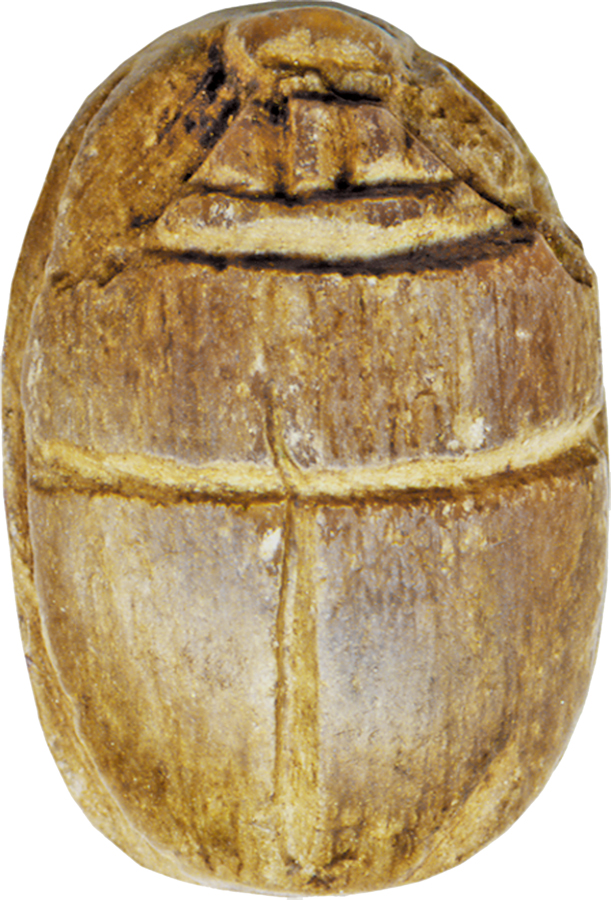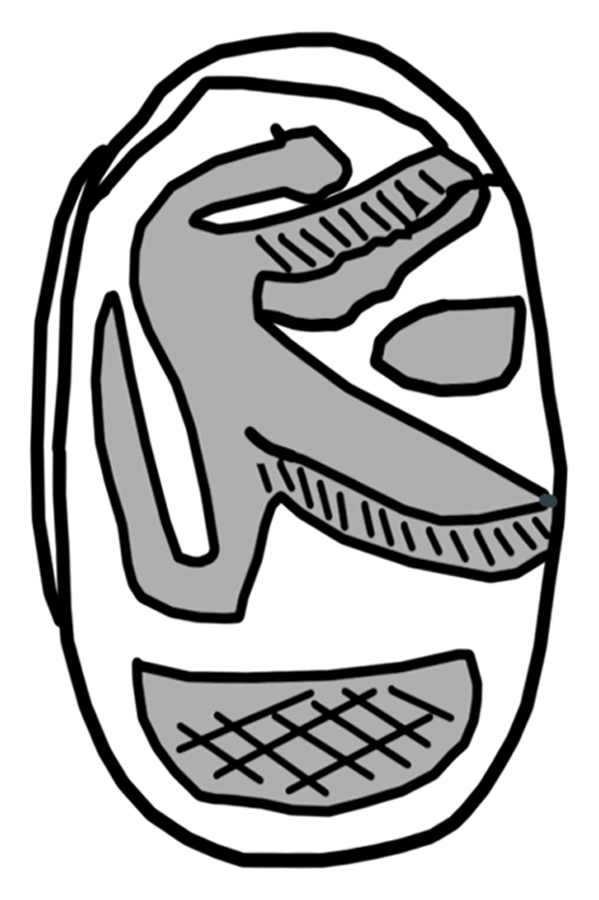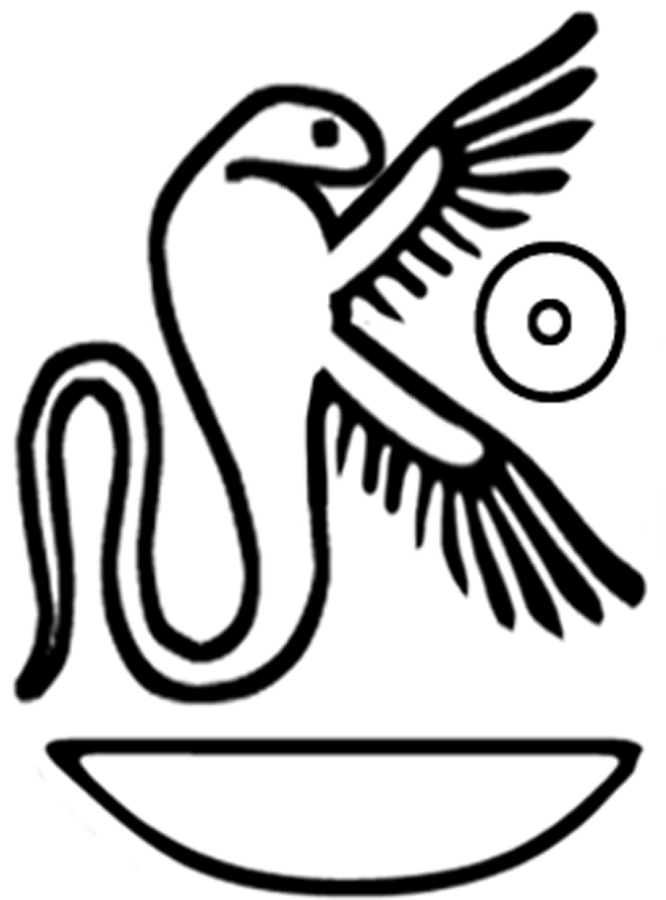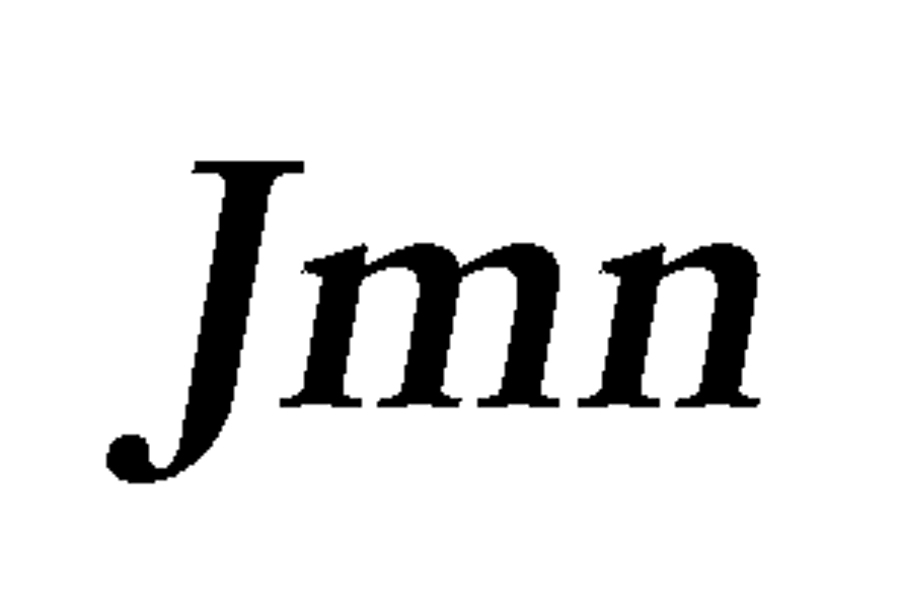Scarab with a Cobra and Script Signs
(Ancient Egypt and Nubia )
This steatite scarab has a flat underside with a vertically arranged design in sunk relief. The design depicts a winged cobra with a raised head, shield, and tail, a crossed-line pattern beneath her body, and a sun disc between her wings. The back is incised with deeply incised details. The piece is poorly made and the workmanship is rough.
The scarab functioned as a provider individualized amulet, and was originally mounted or threaded. The amulet should protect its owner and provide the support of Amun.
The Egyptians used winged cobras as protective icons in many different contexts, mostly in combination with royal or divine names or images.
Inscription
Provenance
Provenance (from the French provenir, 'to come from/forth') is the chronology of the ownership, custody, or location of a historical object. Learn more about provenance at the Walters.
Henry Walters, Baltimore [date and mode of acquisition unknown]; Walters Art Museum, 1931, by bequest.
Geographies
Egypt (Place of Origin)
Measurements
H: 1/4 x W: 3/8 x L: 9/16 in. (0.6 x 0.9 x 1.4 cm)
Credit Line
Acquired by Henry Walters
Location in Museum
Not on view
Accession Number
In libraries, galleries, museums, and archives, an accession number is a unique identifier assigned to each object in the collection.
In libraries, galleries, museums, and archives, an accession number is a unique identifier assigned to each object in the collection.
42.61














